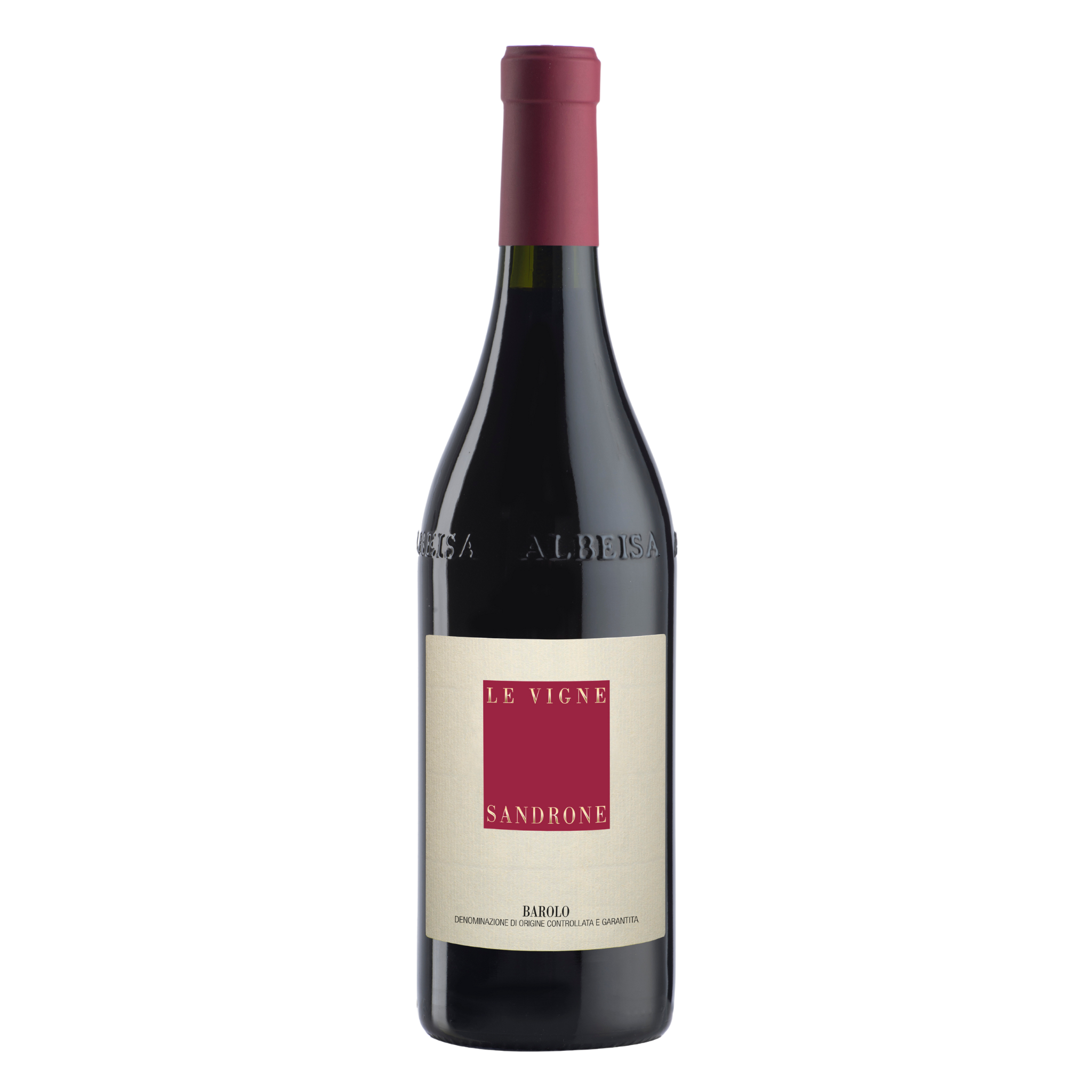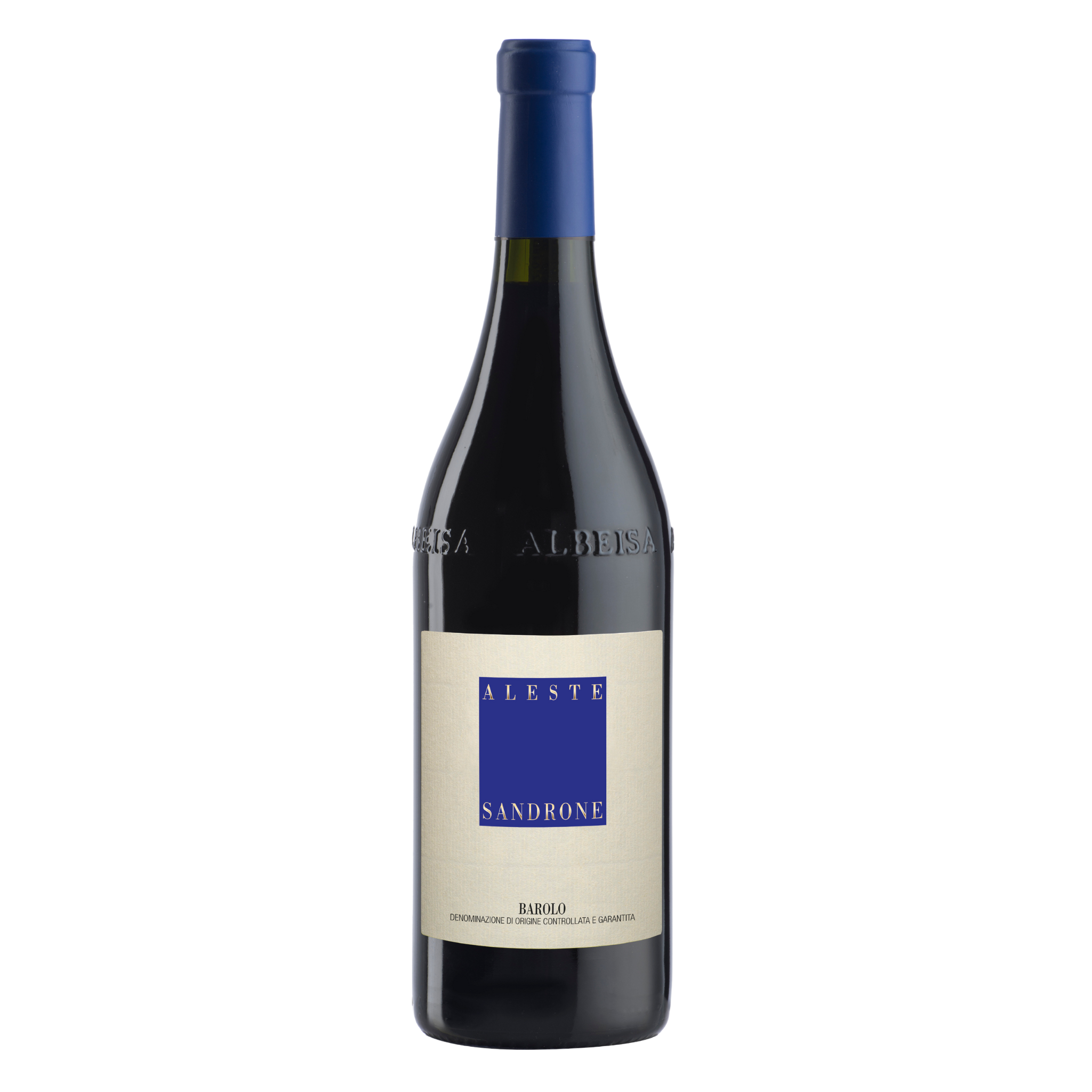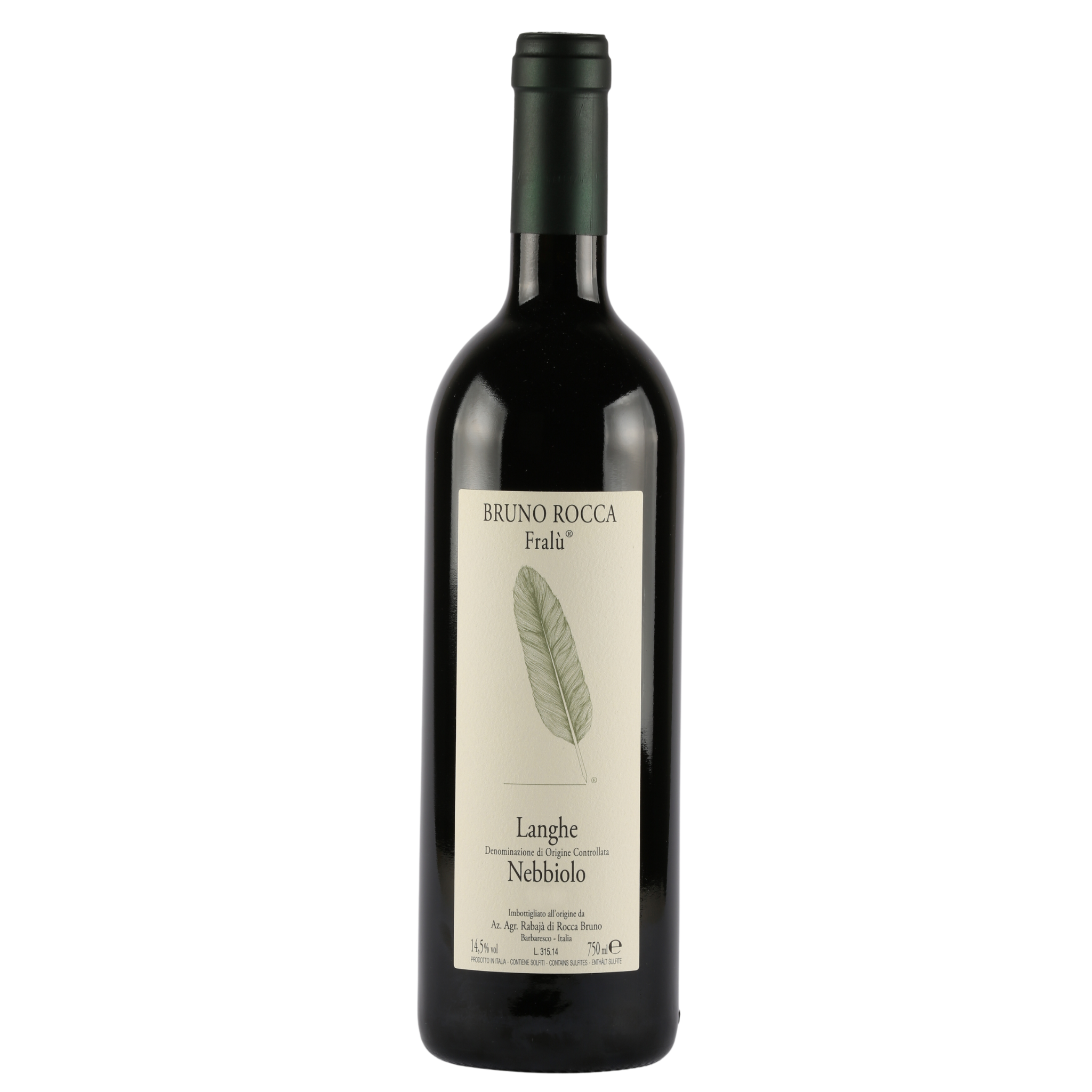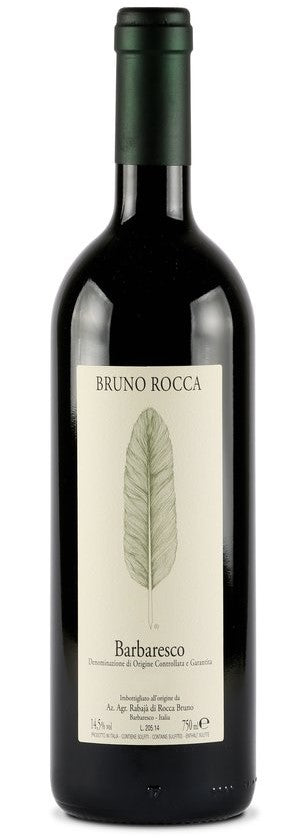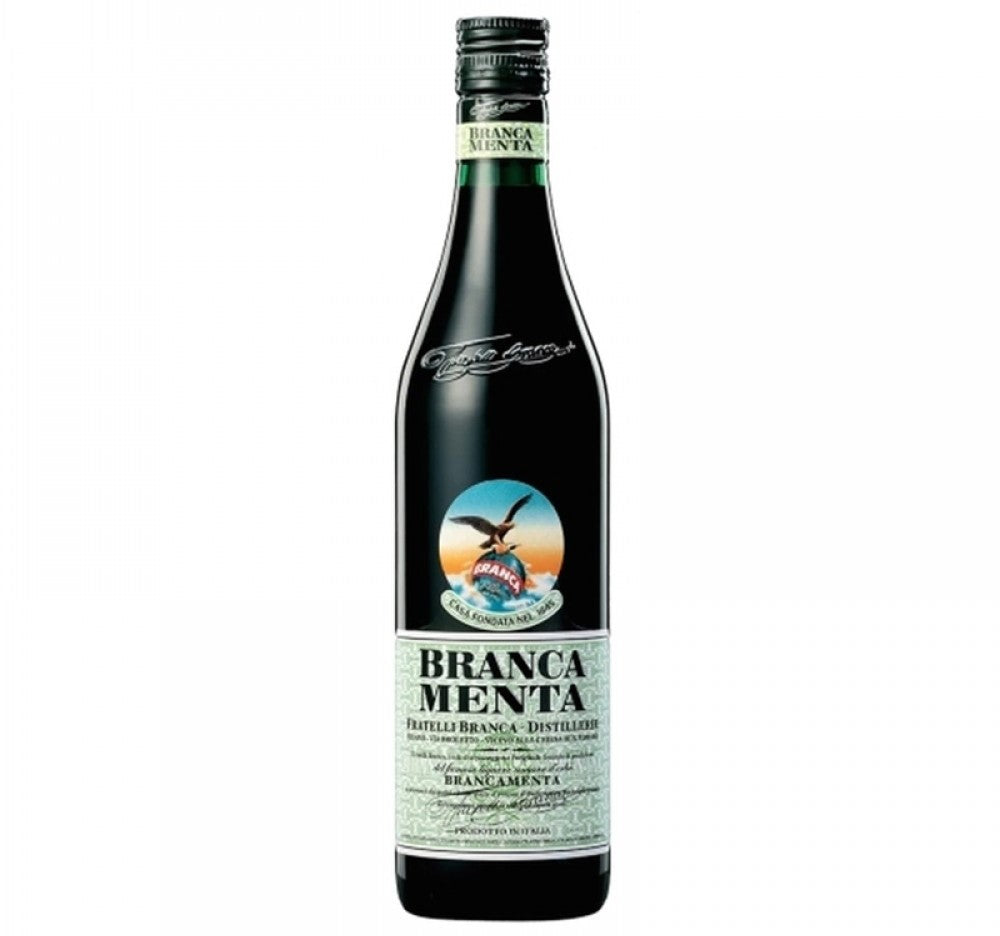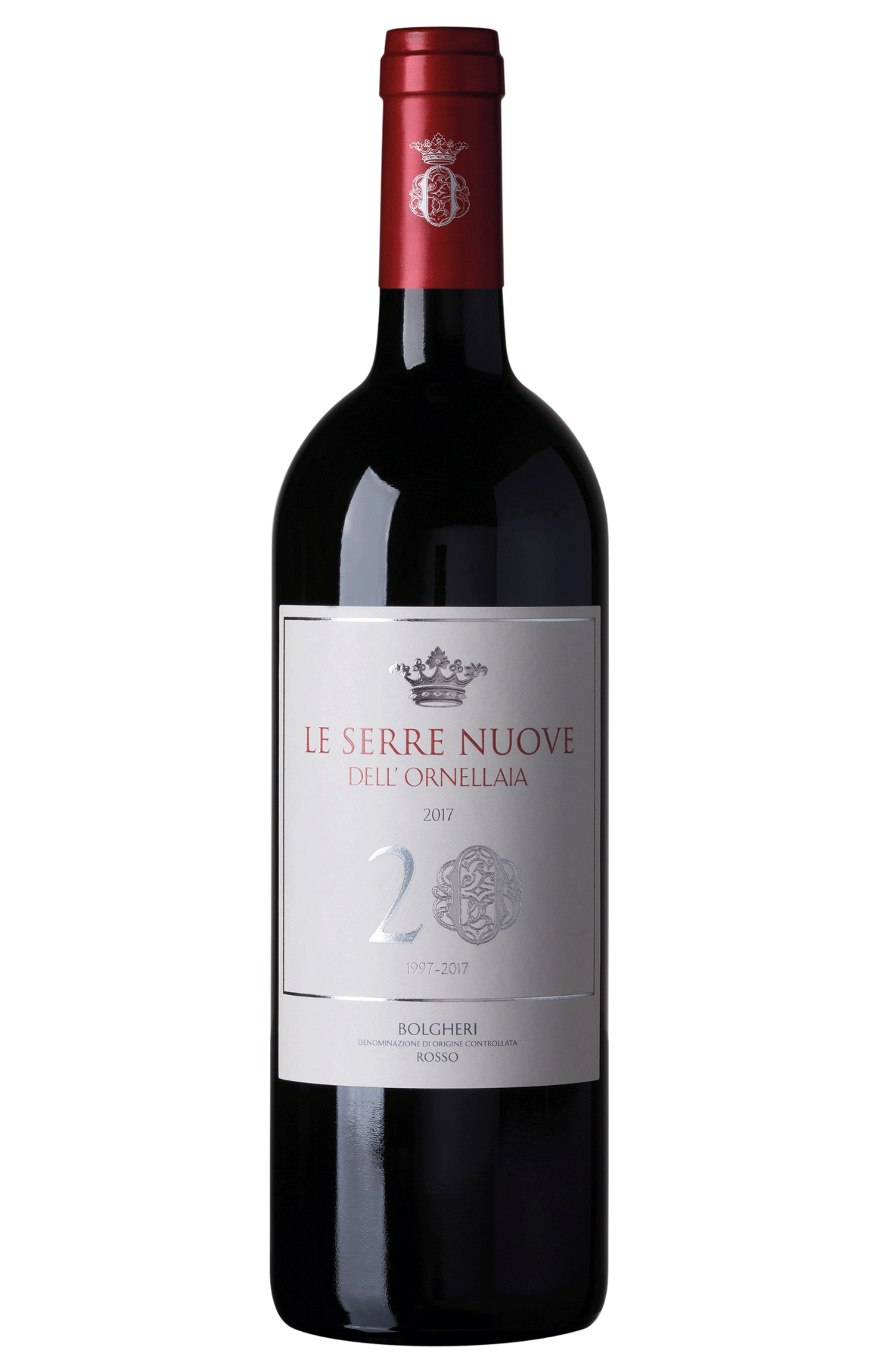Old World wine refers primarily to wine made in Europe but can also include other regions of the Mediterranean basin with long histories of winemaking such as North Africa and the Near East. The term "Old World wine" does not refer to a homogeneous style with "Old World wine regions" like Austria, France, Georgia, Germany, Israel, Italy, Portugal, Romania, Spain and Switzerland each making vastly different styles of wine even within their own borders. Rather, the term is used to describe general differences in viticulture and winemaking philosophies between the Old World regions where tradition and the role of terroir lead versus the New World where science and the role of the winemaker are more often emphasized.
"Old World" can also mean a wine style made for centuries by small winemakers intended to be consumed as a daily beverage to accompany a meal. These food and wine "pairings," so famous today (e.g. Chianti and Italian food) developed over generations by trial and error. The small village winemaker succeeded or failed on his wine's reputation as an acceptable "table" wine, be it highly expensive or budget priced.



